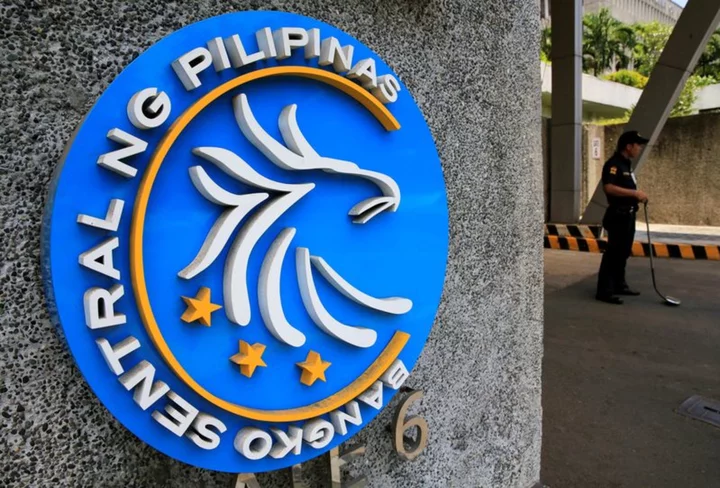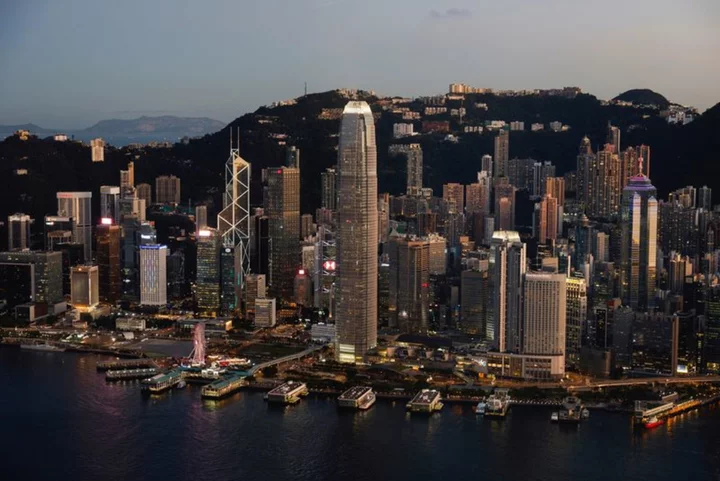By Veronica Dudei Maia Khongwir
BENGALURU The Philippine central bank will keep its key interest rate unchanged at 6.50% on Thursday after an off-cycle 25 basis-point hike on Oct. 26, according to a Reuters poll of economists who were split on the likelihood of another hike in December.
Bangko Sentral ng Pilipinas (BSP) Governor Eli Remolona said that last month's surprise hike was to catch up on its monetary policy response and that rates would stay higher for longer until a "sustained downward trend in inflation becomes evident."
Inflation eased for the first time in three months in October to 4.9% but remained above the central bank's 2%-4% target range. Core inflation, which strips out food and energy, was at a 13-month low.
Slightly more than two-thirds of the economists, or 16 of 23, in the Nov. 7-13 Reuters poll expected BSP to keep its key overnight borrowing rate at 6.50% on Nov. 16. The remaining seven expected a quarter percentage-point hike to 6.75%.
"This favourable turn in October inflation will likely prompt the Bangko Sentral ng Pilipinas to pause at its meeting on 16 November as it continues to stress data dependency," wrote Debalika Sarkar, economist at ANZ.
"We do not rule out any possibility of further rate hikes unless there is consistent improvement in the successive months' inflation prints. We, therefore, maintain our 2023 end-year policy rate forecast at 6.75%."
Just more than half of those who responded, or 11 of 21, forecast rates would peak at 6.75% by end-December, including the seven who forecast a quarter percentage-point hike this month. The other 10 saw 6.50% as the terminal rate.
The central bank has raised its average inflation projection for 2024 to 4.7%, so with the rate of price growth not expected to return to target anytime soon the first rate cut is now seen as being delayed.
Median forecasts showed rates at 6.75% until mid-2024, with a first rate cut seen as coming in Q3 - later than predicted in a poll taken before the recent surprise hike.
Despite hiking rates to the highest level since June 2007, the Philippine peso is down about 2% against the U.S. dollar for the year.
"To maintain the strength of the peso, the BSP needs to ensure a healthy interest rate differential with the U.S. Therefore, a pause by the U.S. Fed adds to a case that BSP will do likewise," said Sarah Tan, economist at Moody's.
(Reporting by Veronica Dudei Maia Khongwir; Polling by Milounee Purohit; Editing by Hugh Lawson)









